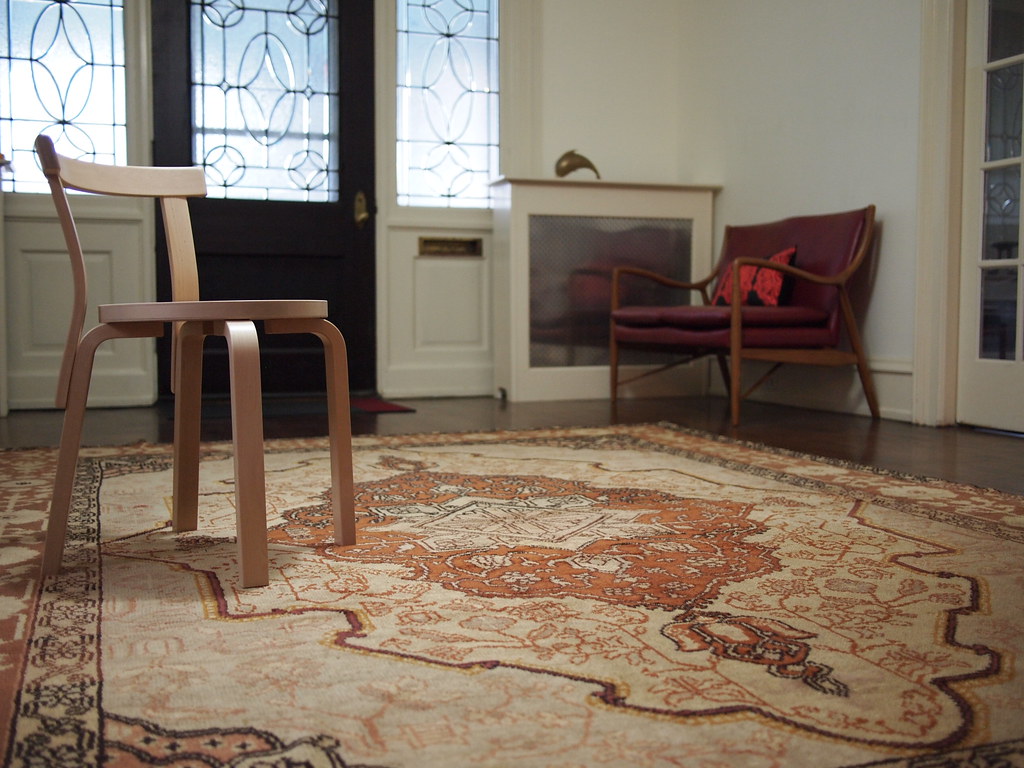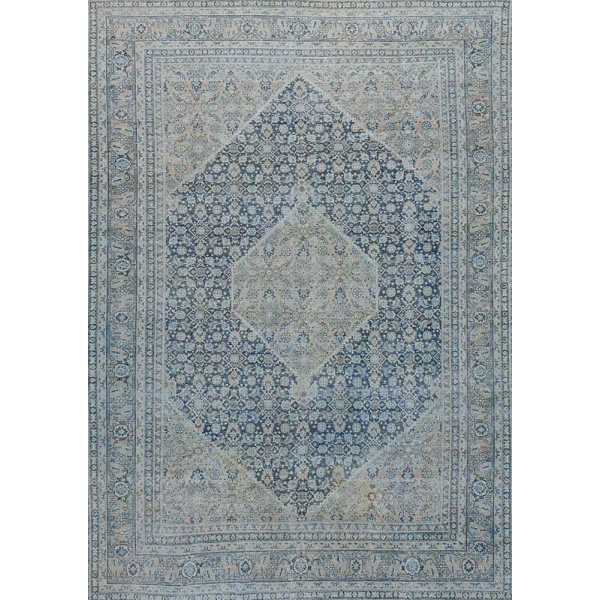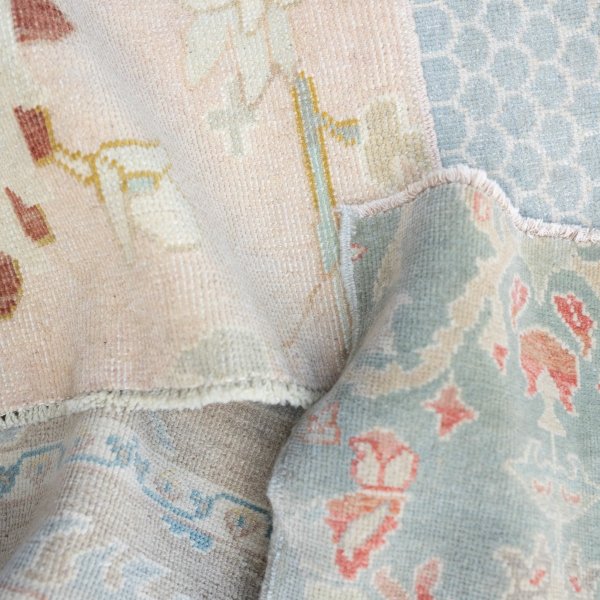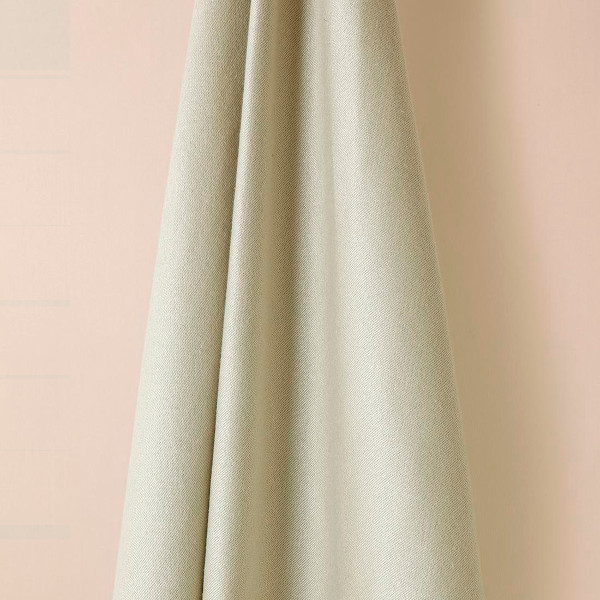What Makes an Anatolian Oushak Rug Distinctive?

There are so many unforgettable types of handmade rugs from around the world, and Oushak rugs from Turkey are no exception. Read on to find what distinguished Oushak and other Turkish rugs from their counterparts made in other places.
History of Anatolian Oushak Rugs
Anatolian Oushak (or Ushak) rugs hail from the small town of Usak, situated in the western-most region of the Turkish Anatolian plateau. Weaving traditions of the region date back thousands of years, to indigenous tribal cultures that passed techniques and passion through story and song, and some of the oldest carpets discovered in the archeological record can be dated to this region.
The Anatolian plateau has been known since prehistory as a crossroads of civilization due to its rich natural resources and the fact that it provides a convenient route between the east and the west, and thus experienced frequent historical migration, travel, and conquest. Oushak artists then—and uniquely, weavers—were influenced by many cultures, including Byzantine, Islamic, and Persian. While larger city-spaces were hubs of cultural and artistic expressions, many nomadic groups in Anatolia were, to a certain capacity, isolated from the cultural influences of their occupiers. This isolation enabled them to develop their own unique arts and traditions. Because of this, many of the patterns and designs we see in antique and vintage Anatolian carpets are likely to be similar to those created by ancient cultures of the area.
Anatomy of Turkish Oushak Rugs
It may be difficult to distinguish the craftsmanship of one Anatolian tribe from another, but they can easily be recognized as a regional grouping by their colors, texture, weaving, techniques, and motifs.
Color
Ancient cultures of the area were limited in their agricultural potential by arid climates and steep, rocky slopes present in Anatolia. This required them to be resourceful in their artistry, and led them to utilize what was available to them in their environments. Thus, all of the rich colors and diverse hues seen in vintage and antique Oushak rugs are made with natural plant dyes, from plants native to the region.
Many Oushak rugs made as floor coverings showcase a dark ivory, or golden backdrop highlighted by intricate borders and detailed motifs in rich, earthen tones such as apricot, terracotta, and saffron, as well as misty greys and blues. As prayer rugs, some feature more heavily colors identified as sacred, such as green.
Motifs
Perhaps most distinctive of the Anatolian Oushak carpet is the central medallion or star as the carpet’s focus, commonly thought to have been inspired by Ottoman manuscripts, or vice versa. This centered medallion design is often accompanied by geometric patterns, and large-scale floral designs, as well as vine scrolls and palmettes.
Weaving
With few exceptions, many Anatolian rugs utilize the symmetrical Ghiordes knot, or Turkish knot. This is a knotting technique where the weft yarn passes over the two warp yarns, and is pulled through between them, and then cut to form the carpet’s low pile. Authentic Persian rugs are always hand-knotted, a technique that results in the pattern on the underside of the rug matching the pattern visible on its top, with pattern. The clarity of patterns and designs is determined by the number of knots made per square inch, with more knots allowing for a more detailed piece. When finished, Anatolian Oushak rugs typically do not have a backing added to their underside.
Fiber
It is often said that it is the silky, luminous wool that makes a “true” Oushak rug, with texture and luster of the fibers indicating the quality of wool used. While wool with a cotton base is largely considered the typical formula for an Oushak, various fibers, perhaps considered more exotic, have also been observed to be used in the construction of Anatolian Oushak rugs. These include fibers such as silk, goat, bear, camel, and ox, as well as the inclusion of decorative metal threading. Construction of rugs and carpets using natural, locally sourced fibers ensures that the final piece would be vibrant, soft, and durable enough for frequent use.
The designs, colors, materials, and techniques used to create Anatolian Oushak wool rugs and other types of fiber rygs are as varied as the Turkish people themselves, with each rug being a unique and spectacular piece of art, the actualization of thousands of years of artistry and tradition. Are you interested in finding an Anatolian Oushak rug to decorate your space? Matt Camron has one-of-a-kind Oushak rugs, area rugs and Oushak runners in stock now!
You cart is empty. Shop now


